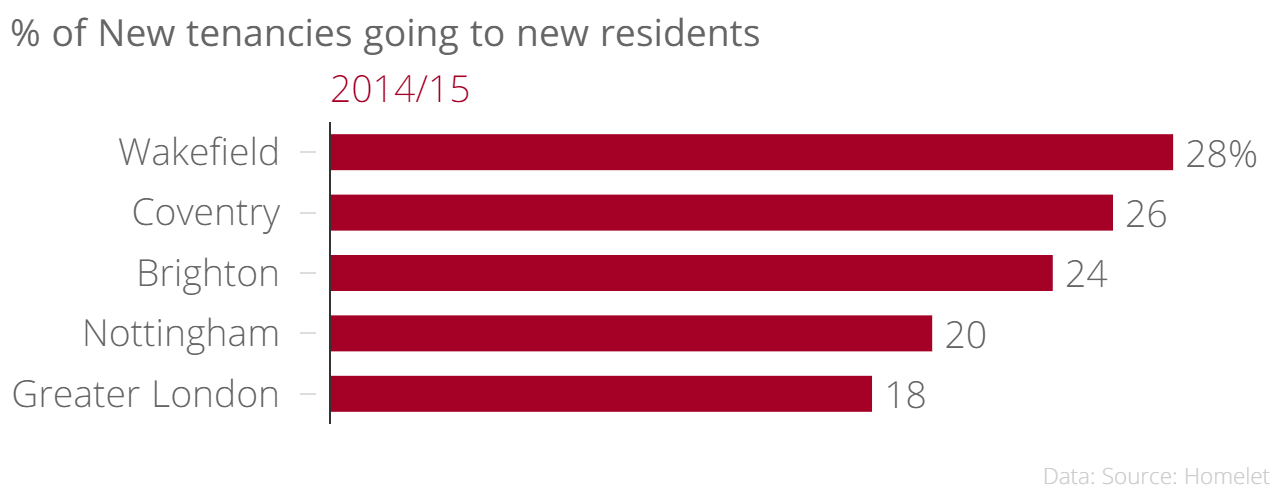As rental prices soar, where do Londoners move to when they quit the city? Broadstone and Brentwood top the list

London rental prices are soaring, forcing some Londoners to look move from the capital in search of cheaper lodgings. But where do they tend to go?
While the commuter belt soaks up the majority (50.3 per cent of those leaving the capital stay in the south east, according to Homelet) of former Londoners, it is Broadstone, a small town in Dorset, which is apparently most attractive.
Of the London diaspora, 4.1 per cent move to Broadstone: more than three times as many as move to Guildford (1.2 per cent) or Sevenoaks (1.1 per cent).
Read more: Broadstone: The small town Londoners are flocking to

The location of Broadstone, in a famous retirement area that includes Poole, means it's likely the exodus is retirees moving away from the smog and bustle, rather than professionals looking for a new career. But movers still prefer to keep to the south – often within commuting distance of the capital.
Read more: Highest London house prices dip

Sitting just outside the top five, however, is Manchester, with 2.3 per cent of internal immigrants, and Bristol, with two per cent. Interestingly, both Manchester and Leeds are less popular as destinations for fleeing Londoners than there were before the crisis, another sign that the recovery is uneven.
These figures have changed since the financial crisis – 0.3 per cent fewer people moved from London to Manchester between 2014/15 compared to 2007/8, a change that is mirrored by Birmingham, with 0.4 per cent fewer, and Leeds, which had 0.65 per cent fewer.
Read more: London's housing market hits consumer confidence
Soaring rents
High rental prices are likely to be a factor in people's decisions to move.
At £1,515 a month, London has by far the highest rents in the country, just under £600 more than the UK average and almost £800 more than the UK average once London is excluded.

And prices in London are growing far faster than those in some other parts of the country. At 10.1 per cent annual rental price inflation, Greater London has outstripped all but its neighbouring regions. At 51 per cent, the increase in the average rental price since 2007/8 is by far the largest.
The upshot of rising prices is that some will look elsewhere, but, unsurprisingly, the capital is still seen as a sprawl of opportunity.
Homelet’s data showed it is the fifth most popular city for new residents to move to: 18 per cent of new tenancies are signed by people coming from outside the capital.

It isn’t losing ground, however: that 18 per cent is seven percentage points up on the 2007/8 figures, when it accounted for only 11 per cent. London, then, is becoming more popular as a place to move to.